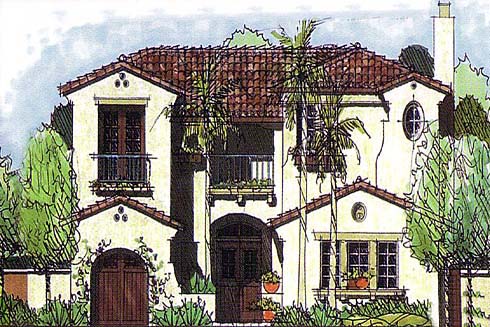TENANCY FOR YEARS
The Clockwork of Real Estate: Navigating the Dynamics of Tenancy for Years
Introduction:
Understanding Tenancy for Years:
Tenancy for Years, also known as a term tenancy, is a specific form of lease arrangement that is characterized by a fixed and predetermined term. Unlike other forms of tenancy that may be open-ended or indefinite, Tenancy for Years is created for a specified duration, whether it be 2 months, 3 years, 10 years, or any other agreed-upon timeframe.
Key Features of Tenancy for Years:
Fixed Term:
The defining feature of Tenancy for Years is the fixed and predetermined term specified in the lease agreement. The lease clearly outlines the start and end dates of the tenancy.
No Requirement for Notice to Terminate:
Unlike periodic tenancies, Tenancy for Years does not require notice to terminate at the end of the lease term. The lease automatically ends on the agreed-upon expiration date.
Predictability:
Both landlords and tenants benefit from the predictability offered by Tenancy for Years. The fixed term provides a clear framework for occupancy and tenancy obligations.
Advantages of Tenancy for Years:
Security and Stability:
Tenants enjoy a sense of security and stability knowing the exact duration of their lease, providing a defined period for which they can plan and reside in the property.
Rent Stability:
Landlords benefit from a predictable stream of income during the fixed term, as the rent amount is agreed upon and remains constant throughout the lease period.
Clear Terms:
The specific terms of the lease, including any conditions, obligations, and responsibilities, are clearly outlined, reducing the likelihood of misunderstandings between landlords and tenants.
Considerations for Landlords and Tenants:
Lease Renewal:
Parties should discuss the potential for lease renewal or extension before the expiration of the term to avoid any disruptions or uncertainties.
Flexibility Needs:
Tenants with uncertain future plans may prefer shorter lease terms, while landlords seeking long-term stability may opt for lengthier tenancies.
Flexibility Needs:
Tenants with uncertain future plans may prefer shorter lease terms, while landlords seeking long-term stability may opt for lengthier tenancies.
Documentation:
A well-drafted lease agreement is essential to ensure that all terms, including the fixed term, are clearly articulated and agreed upon by both parties.
Conclusion:
Tenancy for Years serves as a structured and time-bound approach to property leasing, offering both landlords and tenants a clear and predictable framework for their occupancy. As individuals engage in real estate transactions, understanding the dynamics of Tenancy for Years empowers them to make informed decisions aligned with their preferences and needs. Whether seeking stability or flexibility, the clockwork precision of Tenancy for Years shapes the landscape of property leases in the ever-evolving world of real estate.
MORE REAL ESTATE TERMS
A, B, C, D, E, F, G, H, I, J, K, L, M, N, O, P, Q, R, S, T, U, V, W, X, Y, Z
Featured New Home

Featured Mortgage Brokers
- Harvard Mortgage, mortgage broker in Albuquerque, NM
9551 Paseo del Norte NE
Albuquerque, NM 87122 - FINANCIAL FREEDOM ACQUISITION LLC, IRVINE, CA
1 BANTING
IRVINE, CA 92618 - CHARTER WEST NATIONAL BANK, GRAND ISLAND, NE
714 N DIERS AVE
GRAND ISLAND, NE 68803 - ACADEMY MORTGAGE CORPORATION, CHICO, CA
1600 MANGROVE AVE STE 100
CHICO, CA 95926 - WELLS FARGO BANK NA, DES MOINES, IA
1 HOME CAMPUS # 4801-196
DES MOINES, IA 50328